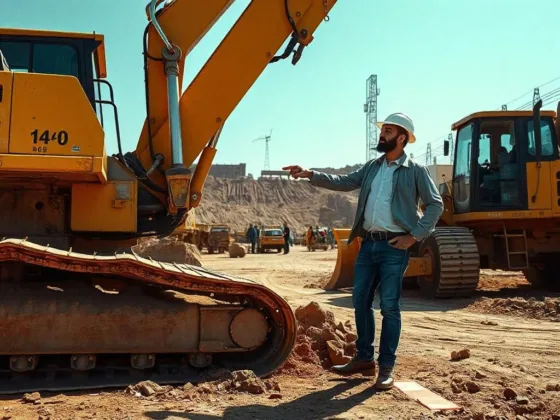Table of Contents Show
Commercial HVAC systems are essential for businesses and institutions of all sizes. These systems help to maintain a comfortable and healthy environment for employees and customers.
A commercial HVAC system typically includes a number of key components, and understanding them is essential for selecting the right system for your needs.
The HVAC parts supply is also necessary to know for selecting the right system for your needs. You need to ensure that you have the correct parts in order to ensure a functioning system.

Main Components of a Commercial HVAC System:
The main components of a commercial HVAC system are as follows:
1. Air Conditioner
A commercial air conditioning system is made up of many different parts. The most important part of the system is the air conditioner. A commercial air conditioner is designed to cool a large space quickly. It uses a variety of technologies to do this, including:
i. Window Units
These units are installed on the exterior of a building. They use solar power to operate and receive cooling from the outside environment.
ii. Central Units
Central units are installed in large spaces, such as an auditorium or factory. They use more energy than window units, but they can cool larger spaces more quickly.
iii. Room Air Conditioners
Room air conditioners are small and portable units that can be placed in any room in a building. They use less energy than central or window units, but they cannot cool large spaces as quickly as a central unit can.
Read Also:
2. Compressor
A commercial HVAC system typically includes a compressor. A compressor is an essential component of any HVAC system, and its job is to reduce the air pressure in the system. This is important because if the air pressure in the system is too high, it can cause damage to equipment and structures.
A compressor also helps to regulate the temperature in a building by increasing or decreasing airflow. A compressor is a critical component of a commercial HVAC system.
It helps to increase the air pressure in the system, which helps to distribute the heat more evenly and keep the building at a comfortable temperature.
3. Condenser
Condensers are the main component of a commercial HVAC system. They convert mechanical energy into electrical energy, which is then used to power the fan and compressor.
Condensers can be found in both domestic and commercial systems, and their size will depend on the system’s required cooling capacity. A condenser is another most important component of a commercial HVAC system.
It is responsible for transferring heat from the air to the compressor. If the condenser doesn’t function properly, your system will not work.
4. Air Handler
An air handler is the central component of a commercial HVAC system. It is responsible for distributing and delivering conditioned air to all of the rooms in a building.
The air handler can be either mechanical or electronic, and it typically contains several compartments that allow it to vary the temperature and humidity in different parts of the building.
5. Terminal Units
The terminal units are the heart of any commercial HVAC system. These devices control the flow of air and heat in and out of the system, as well as maintain system pressure. Terminal units come in a variety of shapes and sizes, but all function essentially the same way.
6. Chiller
A chiller is an important part of a commercial HVAC system. It helps cool the air in the system before it is sent out into the atmosphere, and it can also help keep the air temperature consistent. A chiller can be either mechanical or electronic, and it can come in a variety of sizes.
Final Thoughts
Commercial HVAC systems are composed of a variety of components that work together to provide cooling and heating for a building. These systems can be complicated, but they are designed to be reliable and efficient.
Commercial HVAC systems vary in size, complexity, and features, but the main components are usually the same. HVAC parts supply is a great resource for knowing the specific parts your system needs.
In order to ensure that the system is functioning properly, it is important to keep track of all of its parts and make sure that they are all working properly. If there are any issues with the system, it is important to take action quickly so that the building can remain comfortable.









